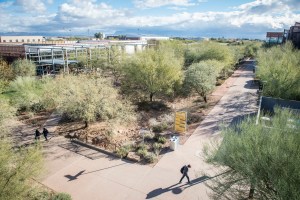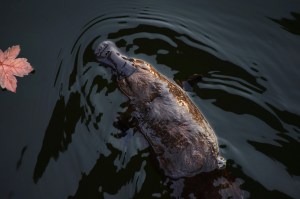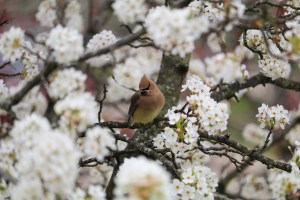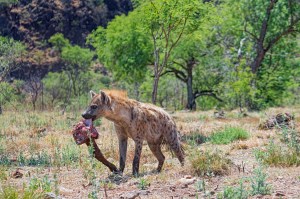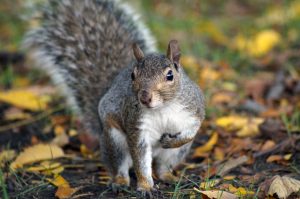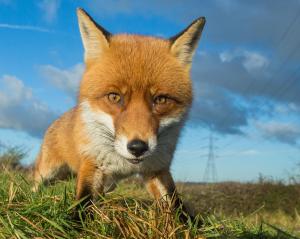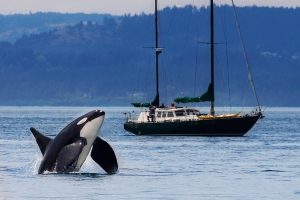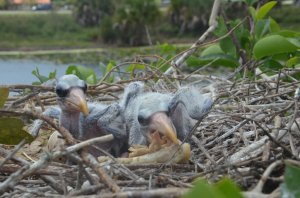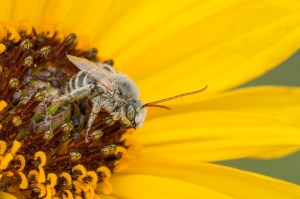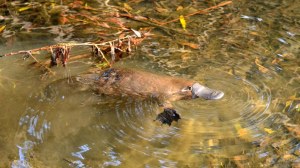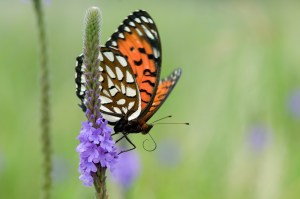Discover stories in Urban Nature
How Trees Can Help Fight Rising Heat in Arid Cities
New science shows increasing greening programs in arid cities could reduce air temperatures near people’s homes by an average of 0.5˚C.
What Does Urbanization Mean for Melbourne’s Platypus?
National Geographic Society & TNC extern Brendan Cohen recounts his kayak journey along the Yarra River, where platypus are under threat from urbanization.
The Sound of Merlin: Like Shazam, but for Birds
Just like Shazam helps identify songs, the Merlin App does the same for birds, but for cedar wax wings and ovenbirds instead of 80s Hair Bands
How Hyenas Sanitize The City
In an Ethiopian city, spotted hyenas provide the garbage disposal.
What’s Up With White Squirrels and Black Squirrels?
A guide to squirrels of a different color.
How to See a Red Fox in Winter
Now is the perfect time to see (or smell) a fox. Here’s how.
It’s Not Too Late for Biodiversity in Heavily Urbanized Environments
It’s not too late for the 102 species at risk of extinction in the heavily urbanized Fraser River estuary of British Columbia.
Dumpster Diving Helps Urban Wood Storks Survive
New research suggests that urban environments can act as a buffer for wetland bird species when natural food sources become unpredictable.
Focus on Native Bees, Not Honey Bees
Everyone knows pollinators are in trouble, but almost all the attention is on non-native honey bees.
Can Platypus Persist Alongside People?
Under threat from urban development, can this iconic Australian animal survive alongside us?
A Biodiversity Analysis in Los Angeles
Rich biodiversity can exist in the biggest of cities, as a new report finds for Los Angeles.
Can Cities Replace Wildlands for Pollinators?
New research shows that green space in cities could provide vital habitat for pollinators.
